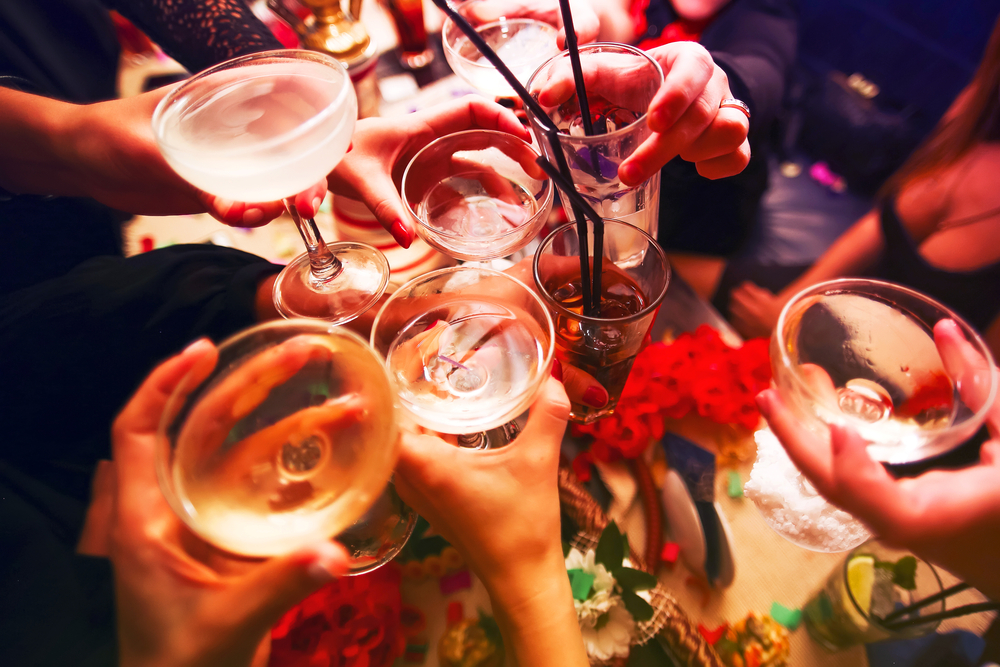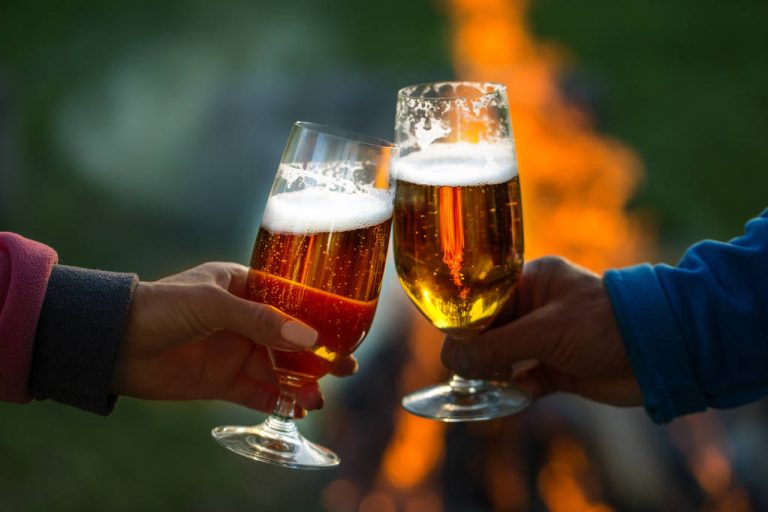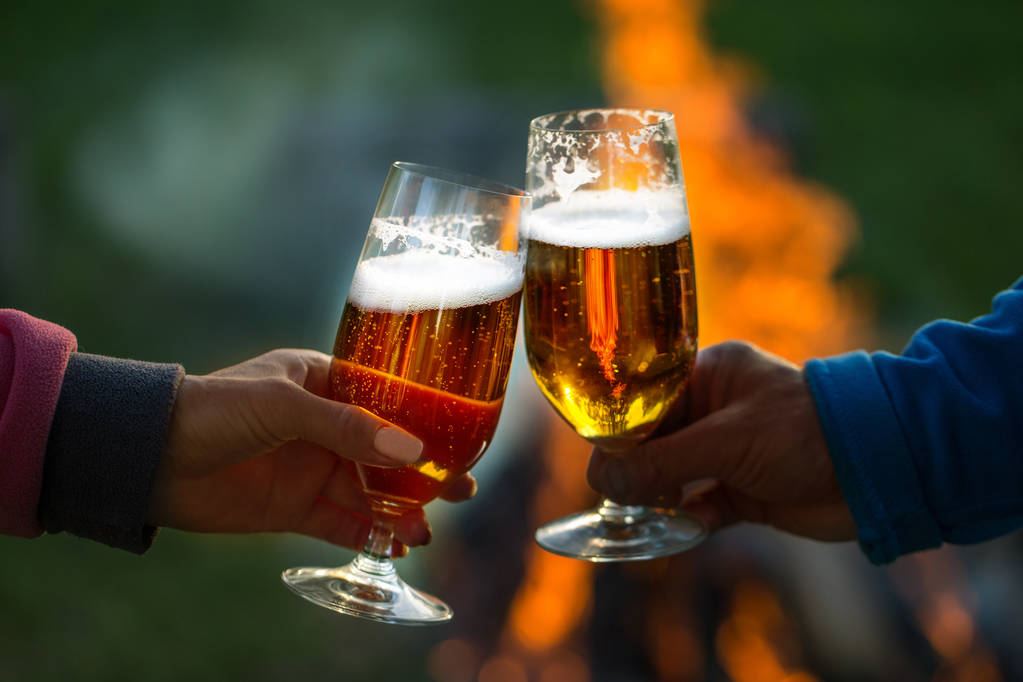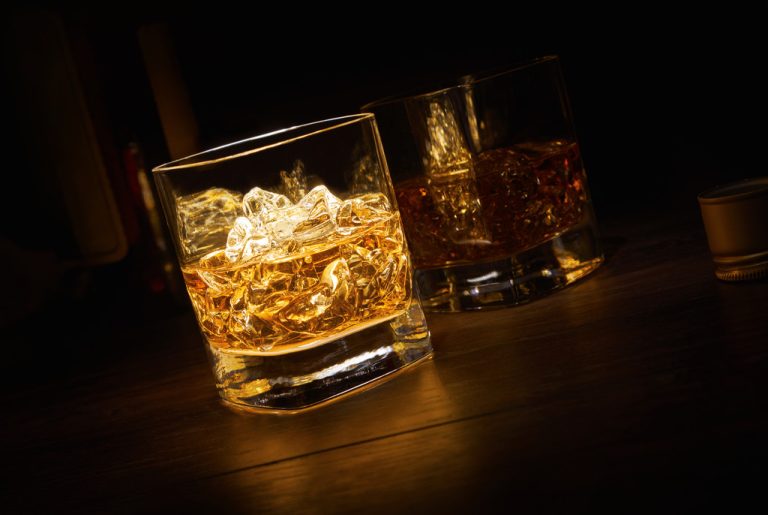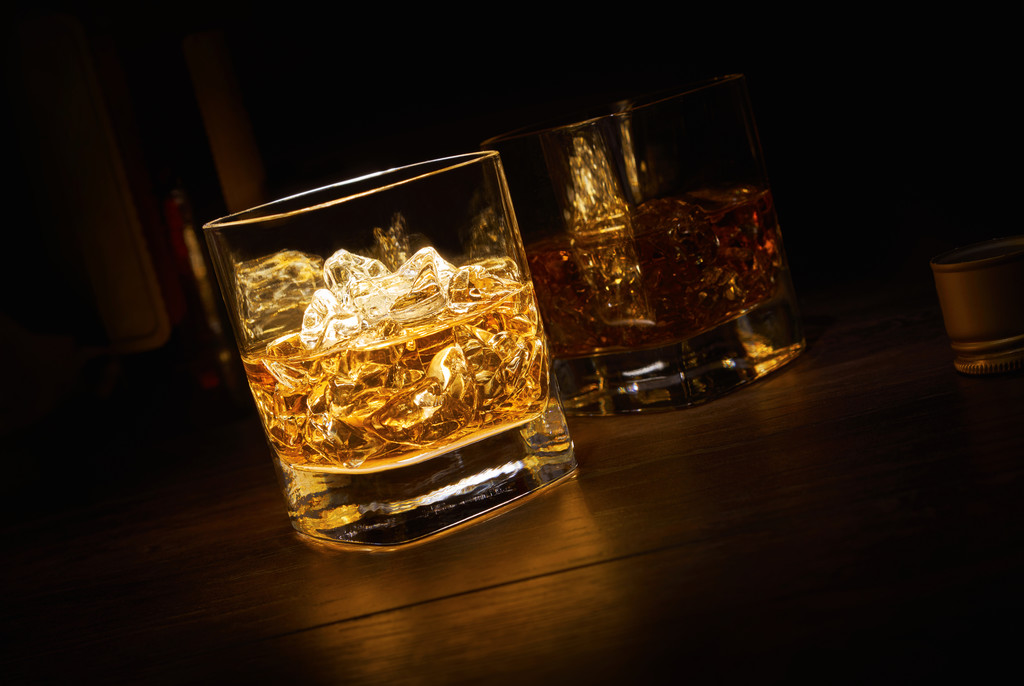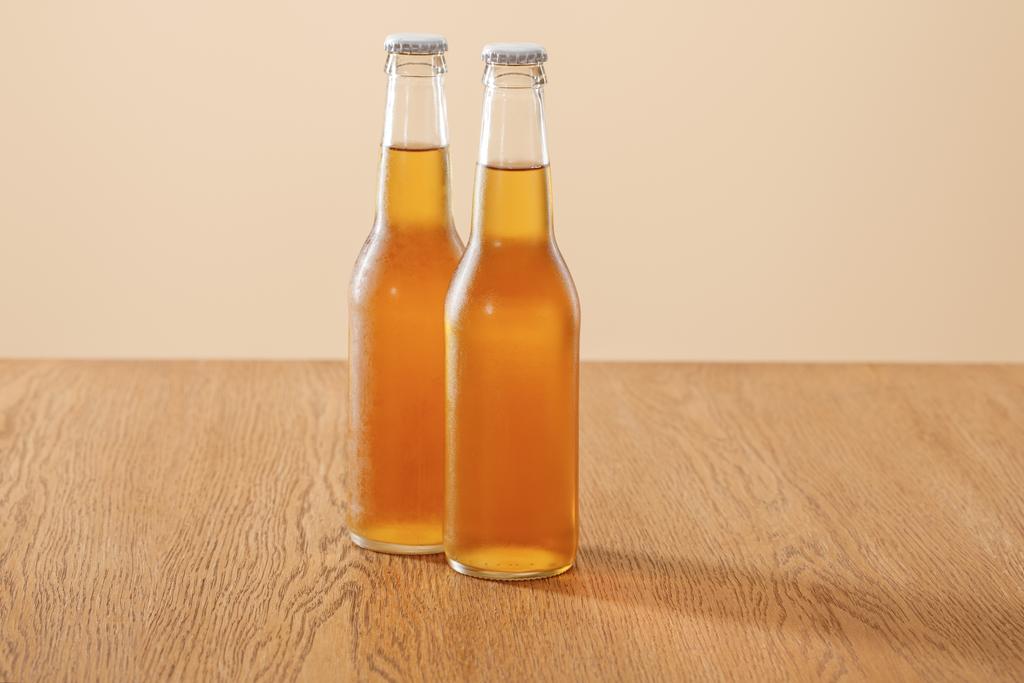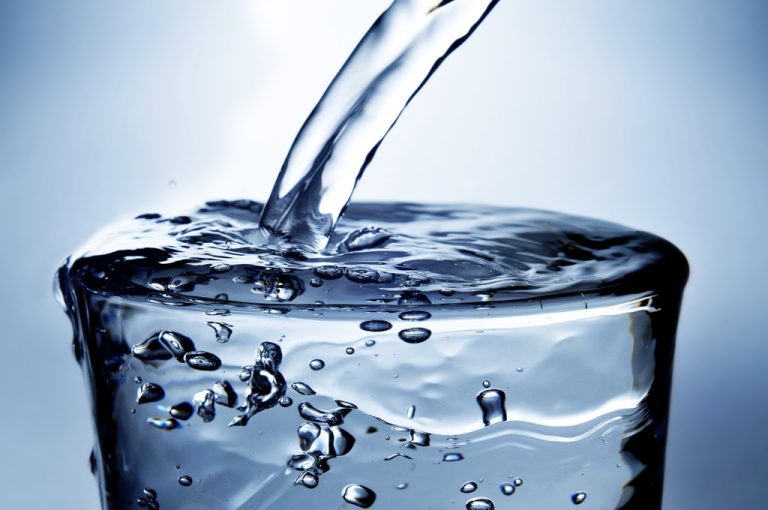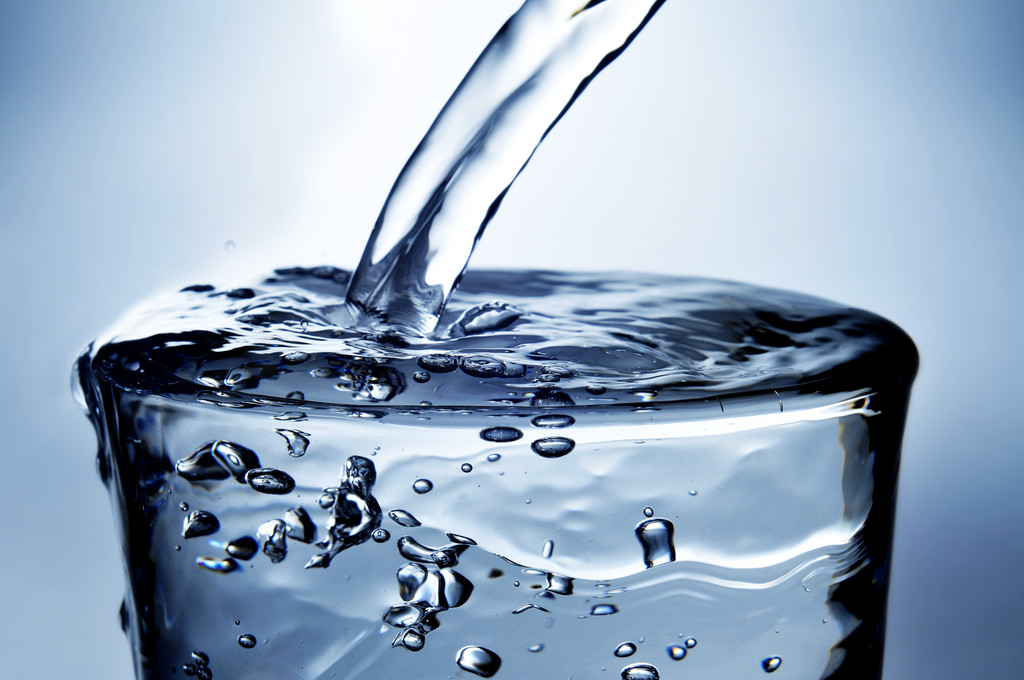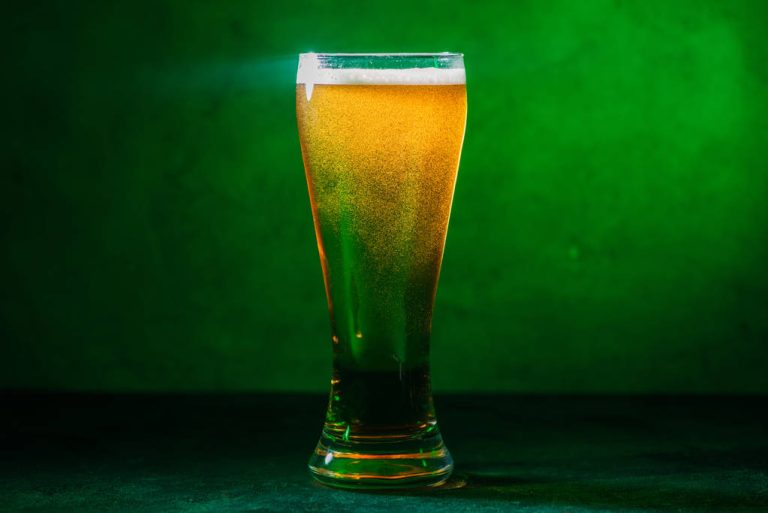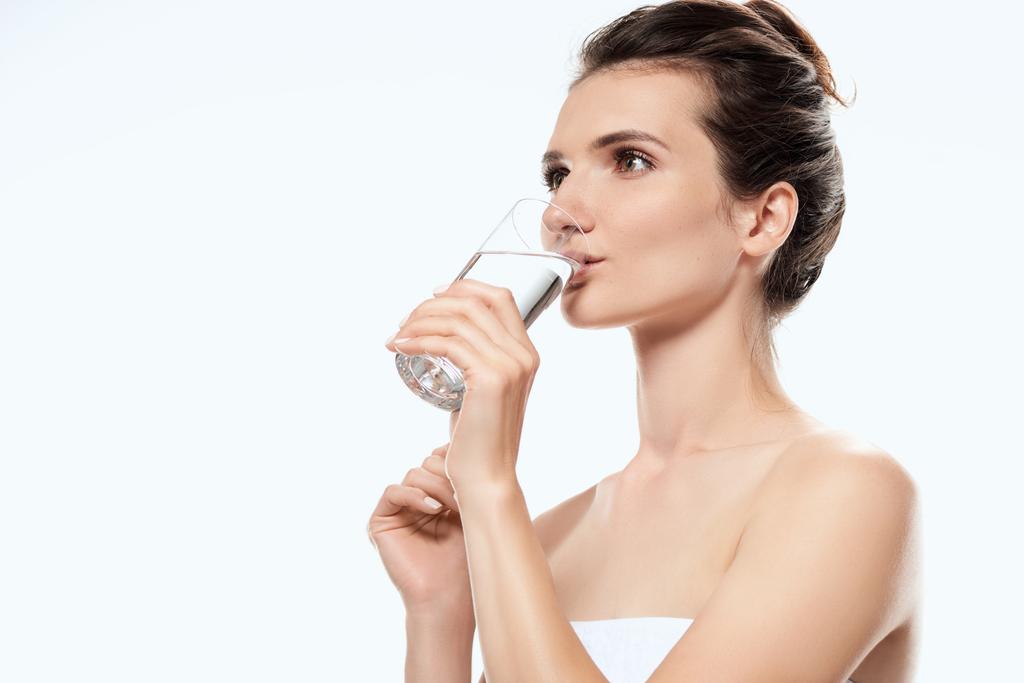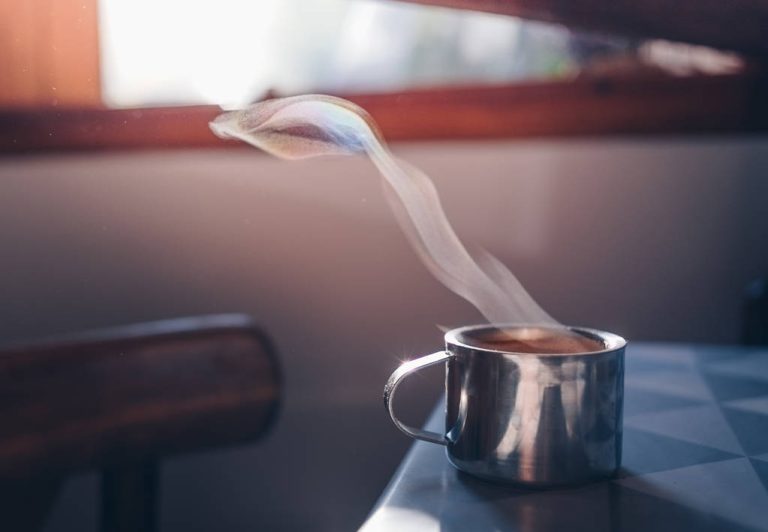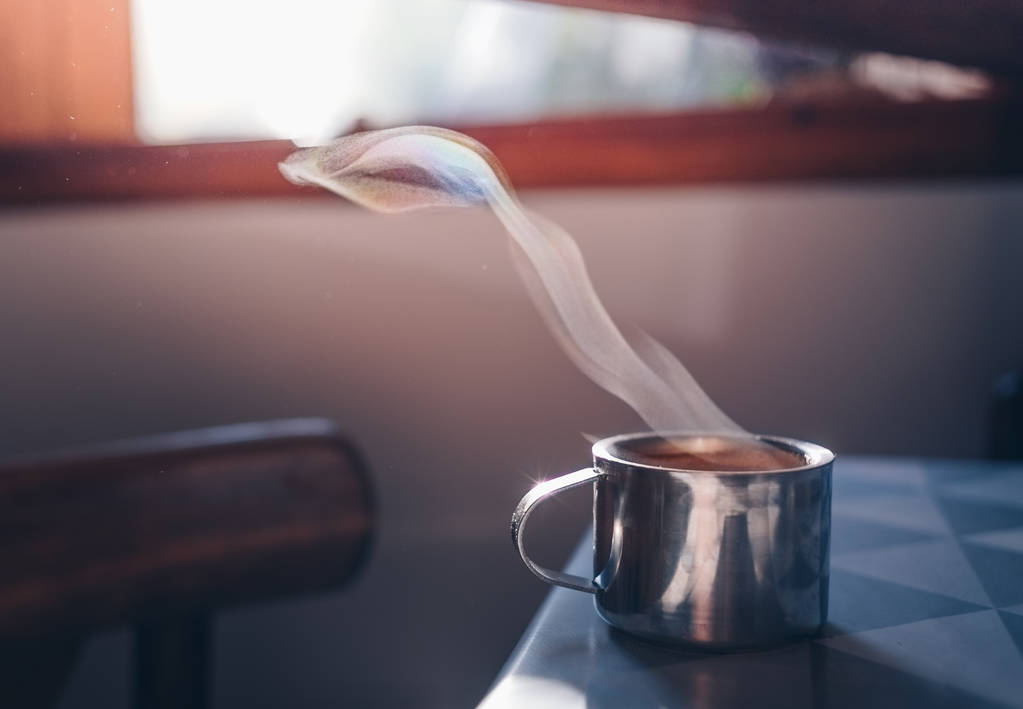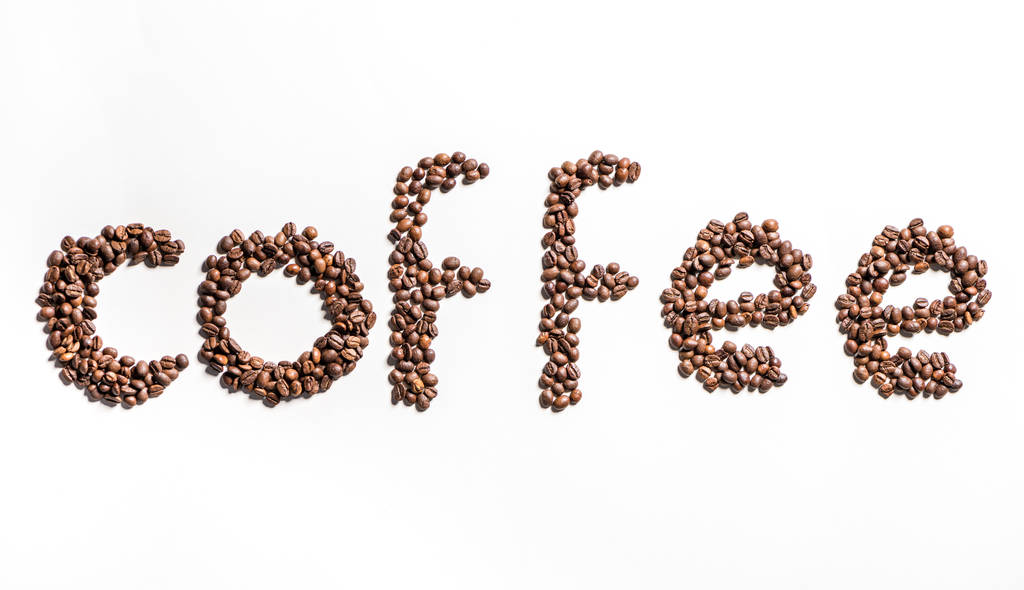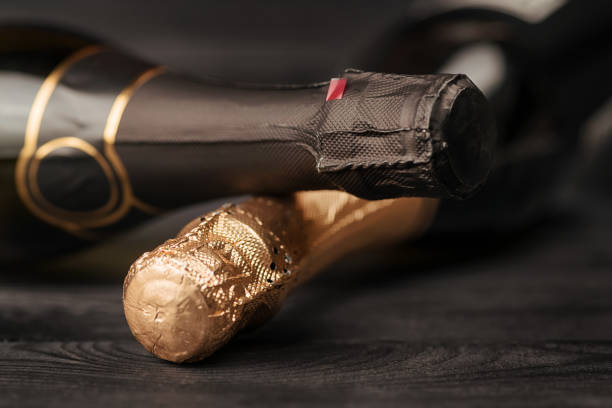Drinking enough fluids is especially important in summer. But only drinking water is boring. And fruit juice is not always the healthiest alternative! This gave rise to the latest trend, “Fruit Infused Water” or “Detox Water”. Flavor water is incredibly easy to prepare.
Not only are these delicious drinks delicious, but they’re also healthy because the ingredients release minerals, vitamins, and antioxidants into the water, which you, in turn, put into your body.

Why is infused water so healthy?
Some combinations of infused water have a particularly positive effect on different areas. Lemon, for example, brings energy, boosts metabolism, and improves digestion. Like cucumber, it is also very refreshing. This is particularly pleasant in summer. All types of fruit and berries add sweetness to the water and provide energy. They also strengthen the immune system. Rosemary is said to be a muscle relaxant and regenerating herb, which improves memory and concentration. Mint prevents allergies and also improves the complexion.
The trend drink is so easy to make!
For the Fruit Infused Water, mix a liter of still water with about a handful of your favorite ingredient and let the mixture steep for a few hours. You can add fruit, vegetables, or herbs. Cucumber, ginger, lemon, and mint are particularly popular. Your creativity knows no limits!
Special combinations can also be used to counter specific complaints:
- Belly fat can be counteracted with a combination of cucumber, strawberries, and basil.
- Lemon, cucumber, berries, and oranges can provide more energy.
- Strawberries, cucumber, lime, and mint in your water have a stress-relieving effect.
- You will become slim and fit with the combination of lemon and coconut water.
- Fat is easily “washed away” when you add cucumber, grapefruit, tangerine, and peppermint leaves to your water.
- With grapefruit and mint, your complexion will improve.
- A healthy bubble tea alternative can be mixed with chia seeds and water or coconut water.
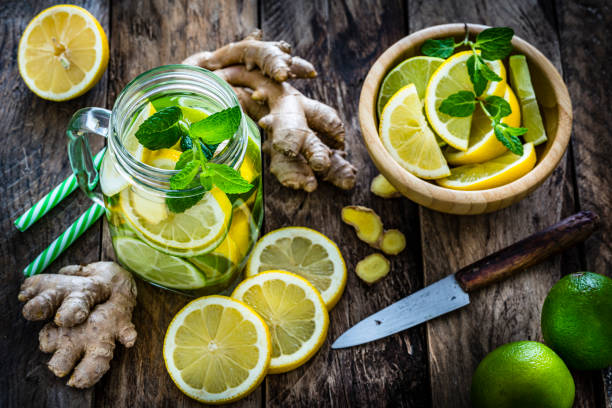
When shopping for your infused water, make sure you’re buying quality products, such as organic. Before you put the ingredients in the water, you should wash them well.
We wish you a good thirst!


